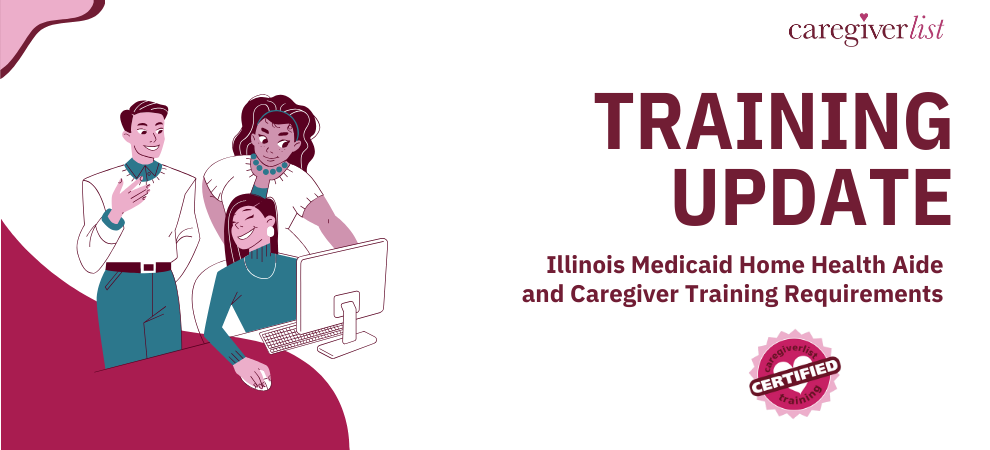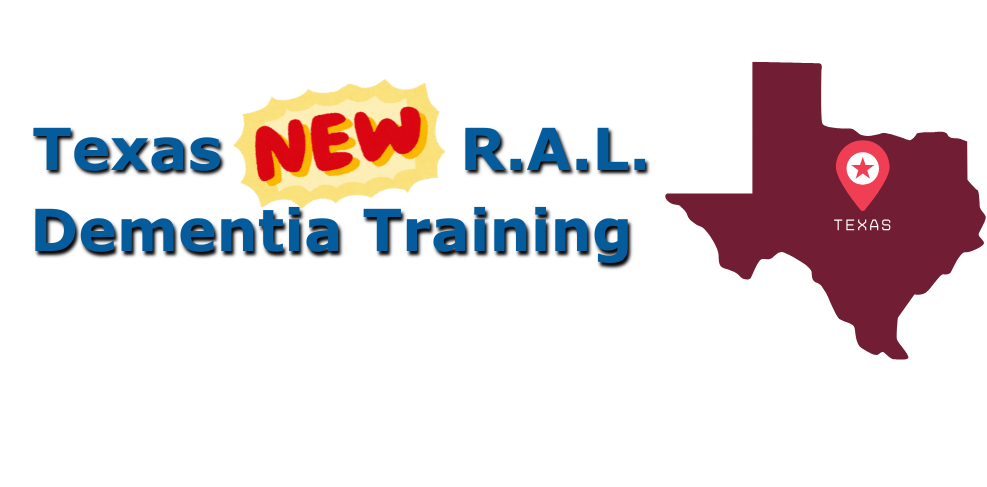The story of an aging America often focuses on the large number of people turning 65 every day—a stream averaging 10,000 a day over the next 18 years or so. But for the rapidly expanding healthcare industry, perhaps the more relevant and frightening number involves how many of us will be celebrating our 85th birthdays. This is the age when chronic illness and frailty often force people to seek extended and expensive health care.
Based on U.S. Census Bureau projections issued late last year, roughly 9.5 million people in the U.S. will turn 85 over the next 10 years. That’s an average of more than 2,600 each day. And unless they are a lot healthier than today’s 85-year-olds, every day hundreds of them and their families will be looking for spaces in the nation’s 18,000 to 20,000 nursing homes.
The nation is already experiencing a shortage of senior caregivers. At the same time, the cost of nursing home care has been rising. These trends are adding to existing pressure to find more workable solutions for in-home care. The Affordable Care Act includes a big push to create more in-home care opportunities. Medicaid has historically been based on funding institutional care for seniors who are unable to pay for long-term care. But it’s expected that Medicaid dollars will also increasingly be used to fund less expensive, in-home solutions.
Despite this shift, demand for nursing home beds has already led to waiting lines for slots in most states, according to Julie Northcutt, head of Caregiverlist, an online guide to senior care facilities and caregiver jobs. California and Florida are two states with adequate openings, she notes. But it can be hard to find space at nursing homes in other states, and the beds in highly rated homes often have the greatest demand.
Northcutt’s advice is that families should start early to identify attractive and affordable nursing facilities. The good news is that there are lots of helpful online tools.
Medicare provides a national ranking of nursing homes through its online Nursing Home Compare, a website run by the federal Centers for Medicare & Medicaid Services. U.S. News uses the Medicare ranking data for its own set of Best Nursing Homes rankings. These rankings cover more than 15,000 nursing facilities that are certified and participate in Medicare and Medicaid. They are based on the results of health inspections, levels of professional staffing, and a set of 19 care quality measures that includes the incidence of residents’ bed sores, pain, falls, depression, incontinence, and certain drug treatments.
“Good ratings or bad, CMS is adamant in cautioning that they are just a starting point,” U.S. News says in describing the rankings. “We agree. Nothing substitutes for in-depth visits. You can ask questions, observe residents and their families and caregivers, and get a feel of a home that stars can’t communicate.”
At Caregiverlist, Northcutt says, about 18,000 facilities are rated, based not only on the Medicare data but on regular phone calls with each home. Many so-called “private-pay” facilities do not accept Medicaid patients, for example, but are included in the Caregiverlist ratings. Not every home responds to its outreach efforts, she notes. “The ones that we don’t have the costs from [is because] it’s mostly that they’re 100-percent Medicaid.”
Another feature of her site that is relevant in the real world, Northcutt says, is that it identifies homes where access may be restricted—to people with certain acute needs, for example, or for veterans, or for patients of a specific hospital that runs the facility. And Caregiver list may also include retirement communities with nursing facilities, where access to nursing services may be limited to community residents.
In terms of key quality measures, “the staffing ratio is a real, real issue in the industry,” she advises, “and it’s going to affect the quality of care for your loved one.”
While many private-pay and Medicare facilities do not initially accept Medicaid patients, Northcutt says, they will commonly continue to house residents who spend down their assets and are unable to afford the facilities’ private rates.
“The reality is that they know this happens,” she says. It doesn’t take many years of steep nursing-home fees to deplete the assets of even relatively affluent families. “The director of nursing and the intake specialists at a nursing home know. They may even bring it up during an initial evaluation visit. It’s a selling point for them. They want to bring you in as a private-pay” resident, she says.
“It’s part of the reality of the industry,” she adds. A home’s current policies may “depend on how many vacancies they have … but the reality is that they like long-term residents” even if they have to convert to Medicaid during their stay.
Northcutt advises families to be aware of this reality when they look for a facility. It thus might be possible to move into a higher-quality, private-pay facility and stay there when financial resources are depleted. This can provide a higher quality of lifetime care than looking for a less-expensive home where the resident’s financial assets would last longer.







